environmental sample containers volatile organic analysis u Aijiren Tech Clear VOA Vials with 0.125 in. Septa clear borosilicate glass vial with 0.125 in. silicone/PTFE septum in a white PP cap, continued
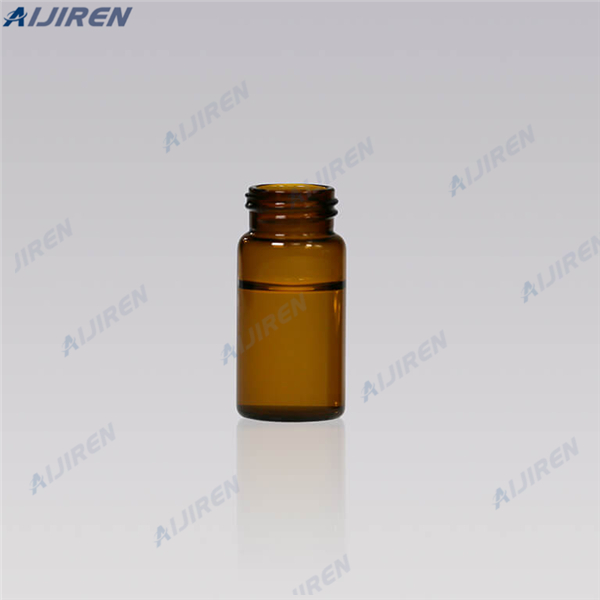
environmental sample containers volatile organic analysis u Aijiren Tech Clear VOA Vials with 0.125 in. Septa clear borosilicate glass vial with 0.125 in. silicone/PTFE septum in a white PP cap, continued
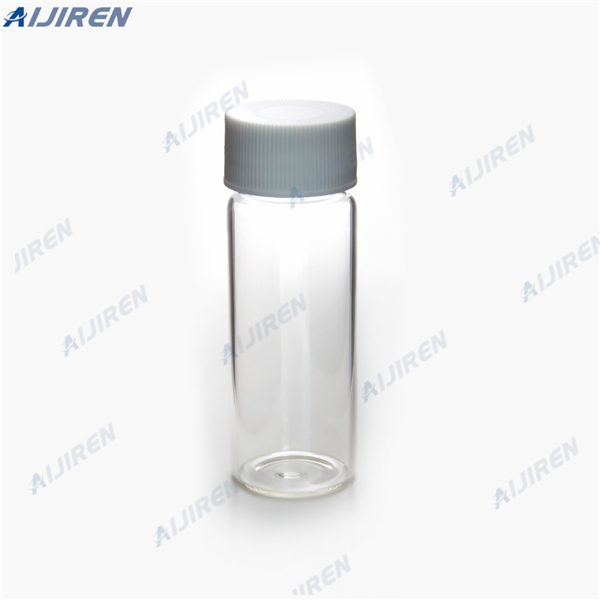
Mar 31, 2020 · Vials were removed for analysis at defined intervals (Days 0, 3, 6, 10 and 14) and analyzed in duplicate for volatile organic compounds (VOCs) that are typically regulated across Canada, including chlorinated solvents and volatile petroleum compounds (e.g. CCME F1 hydrocarbons, benzene, toluene, ethylbenzene and xylenes).
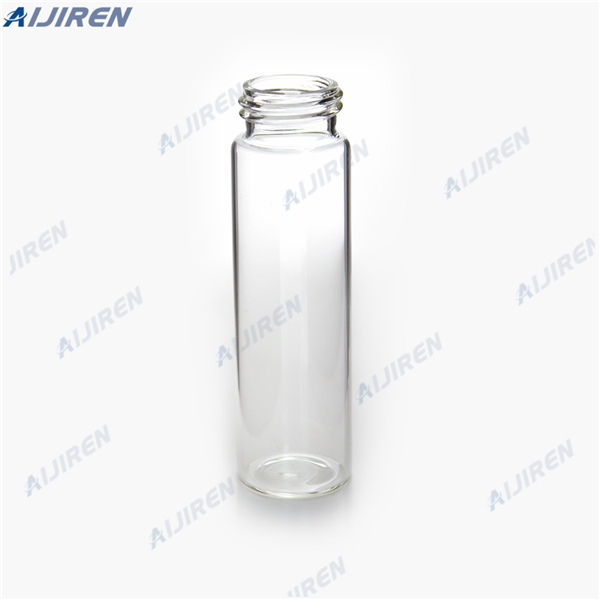
Environmental Protection Agency (EPA) protocol for priority pollutant volatile organic compounds. SAMPLE RECEIVING AND HANDLING On 20 March 1981, 20 water samples collected by Goldberg-Zoino & Associa-tes, Inc., and a field-biased blank initially provided by GCA were received by the GCA/Technology Division Sample Bank. Routine inspection on receipt
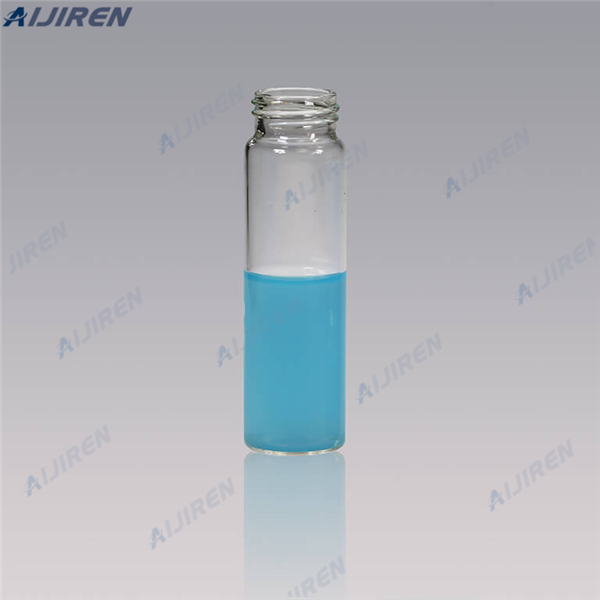
Generally used for volatile organic compound analysis and sample storage, our 20mL, 40mL, and 60mL VOA vials are available in clear or amber borosilicate glass with a choice of .125" or .100" PTFE/Silicone septa. The assembled vials are available Standard (QC inspected), Precleaned, or Precleaned/Certified in accordanc
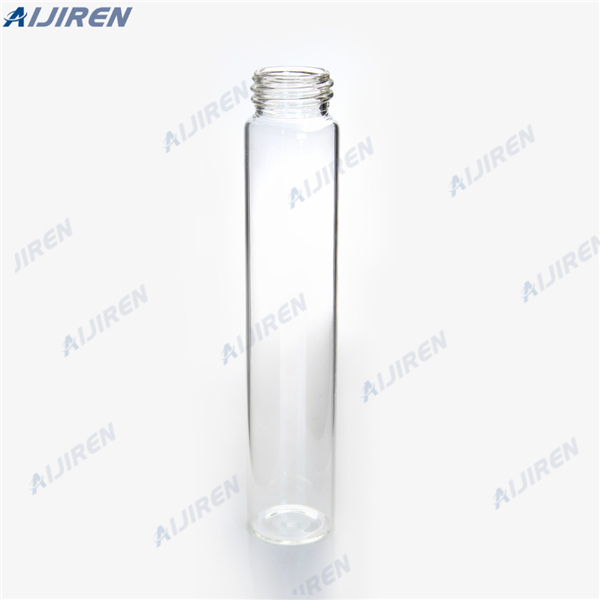
VOLATILE ORGANIC CHEMICAL (VOC) SAMPLING PROCEDURE ',9,6,21 2) ENVIRONMENTAL HEALTH 2)),&( 2) 'RINKING WATER STEP SEVEN When the vial is nearly full, tilt the vial to the vertical position to fill it completely. Avoid overflowing the vial too much because this could wash out the preservative. STEP EIGHT Carefully complete filling the vial to form

Quality Environmental Containers, Inc. (QEC) Products. EPA VOA Vials. QEC's open top and closed top VOA vials are prepared to meet or exceed EPA standards for volatile organic sampling. Open top vials may be used directly in many automated purge and trap instruments. Clear or amber glass vials are available in three sizes, 20mL, 40mL and 60mL.

For many years, stream samples for analysis of volatile organic compounds have been collected without specific guidelines or a sampler designed to avoid analyte loss. In 1996, the U.S. Geological Survey's National Water-Quality Assessment Program began aggressively monitoring urban stream-water for volatile organic compounds.
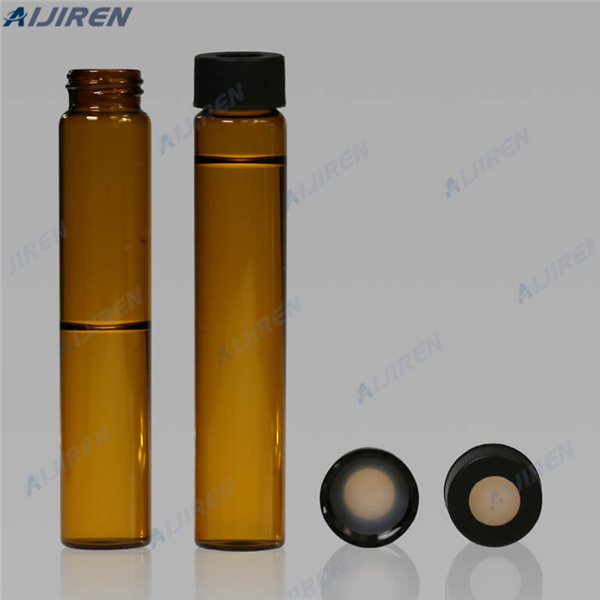
Jan 21, 2013 · Environmental Author Jie Zhang Aijiren Technologies (Shanghai) Co., Ltd, China Abstract This application note describes volatile organic compounds analysis in soil and sediments using the Aijiren 8697 headspace sampler, 8860 GC, and GC/MSD system. The system performance in terms of repeatability, linearity, limit
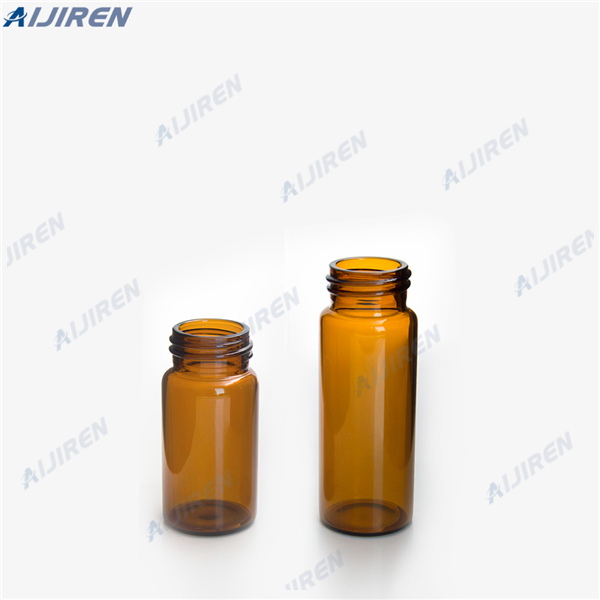
U.S. Environmental Protection Agency (EPA) Method 8260B1 is an environmental method for analy-sis, identification and quantifica-tion of volatile organic compounds (VOCs) that have boiling points below 200 °C. The method speci-fies gas chromatography/mass spectrometry (GC/MS) analysis and is widely used in the U.S. and internationally for a
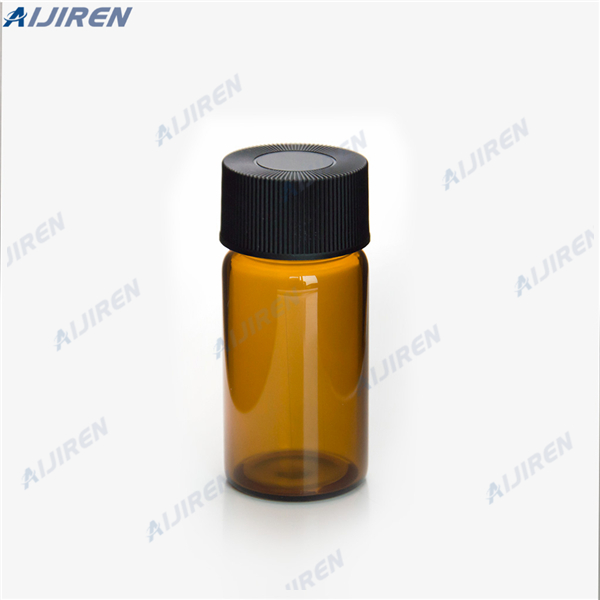
SSP also supplies EPA/VOA bonded caps that meet performance-based specifications from the U.S. Environmental Protection Agency (EPA) for volatile organic analysis (VOA), a series of laboratory techniques for identifying and measuring volatile organic compounds (VOCs). Open-top PP screw caps for EPA/VOA vials have 24-400 or 24-414 thread patterns.
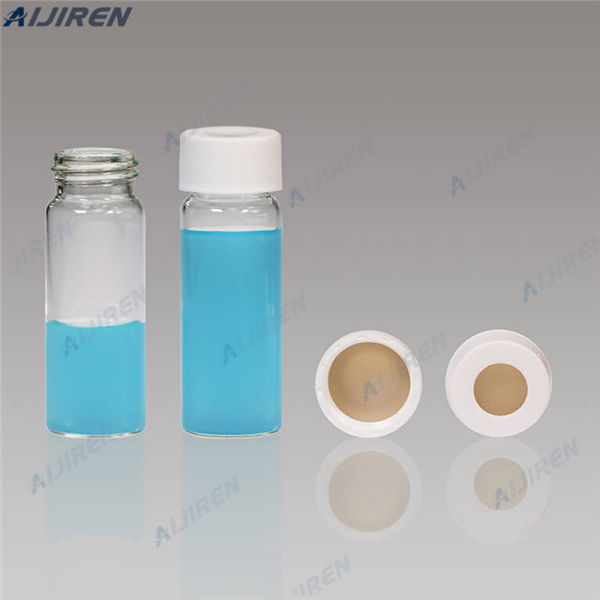
VOA Vials - Open Top Closures and Septum. Generally used for volatile organic compound analysis and sample storage, our 20mL, 40mL, and 60mL VOA vials are available in clear or amber borosilicate glass with a choice of .125" or .100" PTFE/Silicone septa. The assembled vials are available Standard (QC inspected), Precleaned, or Precleaned/Certified in accordance with recommended E.P.A. protocol.
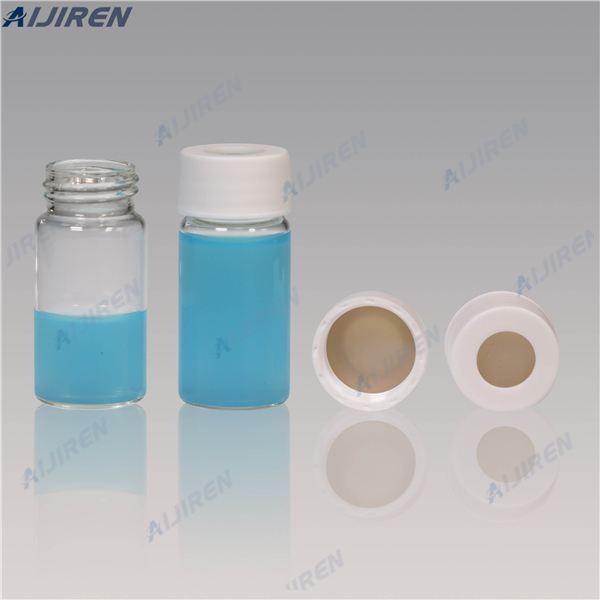
for analysis, identification and quantification of volatile organic compounds (VOCs) that have boiling points below 200 °C. The method specifies gas chromatography/mass spectrometry (GC/MS) analysis and is widely used in the U.S. and internationally for a variety of sample matrices.
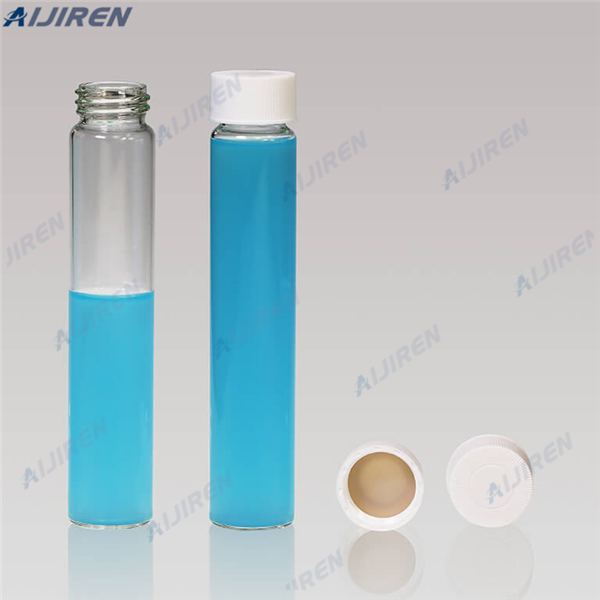
Vials, vial inserts, septa, and caps/closures with or without septa for use with autosamplers and autosampler vials; includes a variety of sizes, 1.5mL 10-425 Screw Neck Vial ND10 for GC and HPLC 1.5mL/2mL screw neck ND10, 10-425 thread autosampler vials with matched PP screw seals ND10, PTFE/rubber septa & micro-inserts.
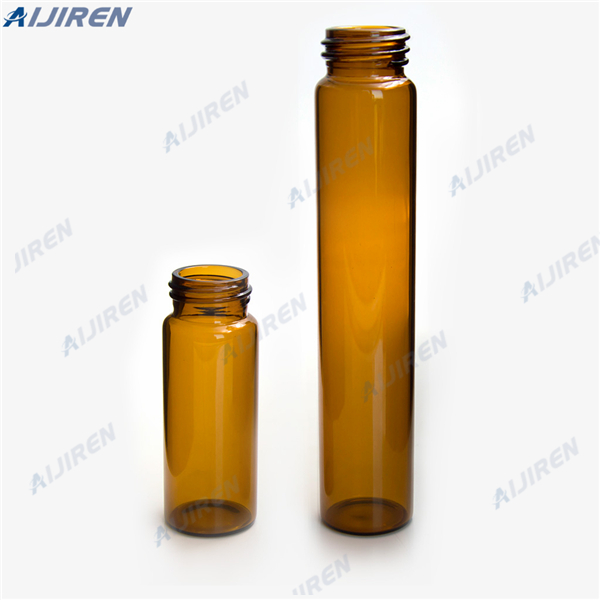
Among these chemicals are many volatile organic compounds (VOCs), e.g., benzene, ethylbenzene, and styrene. To analyze VOCs in mainstream cigarette smoke, we developed a novel headspace collection technique using polyvinylfluoride bags for sample collection followed by cannula transfer to evacuated standard 20-mL auto sampler vials.
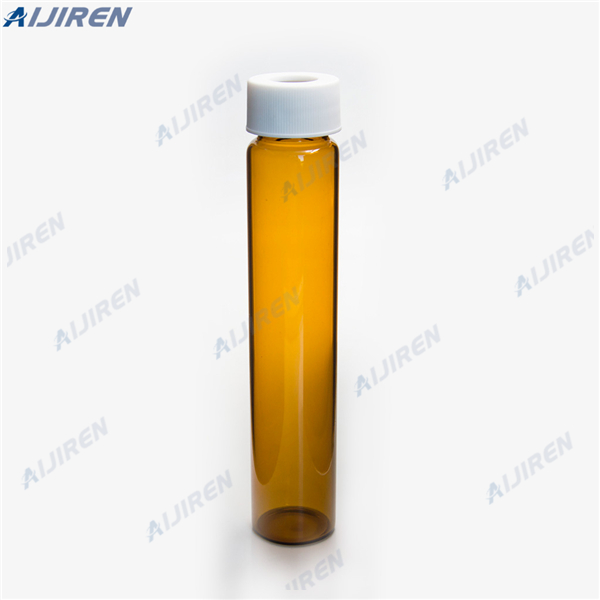
The analysis of volatile organic compounds (VOCs) in environmental water samples is usually performed by either headspace (HS) or purge and trap (P&T), with separation by gas chromatography (GC) and detection by mass spectrometry (MS). The P&T technique uses a continuous fl ow of carrier gas to purge any volatiles from the matrix onto an